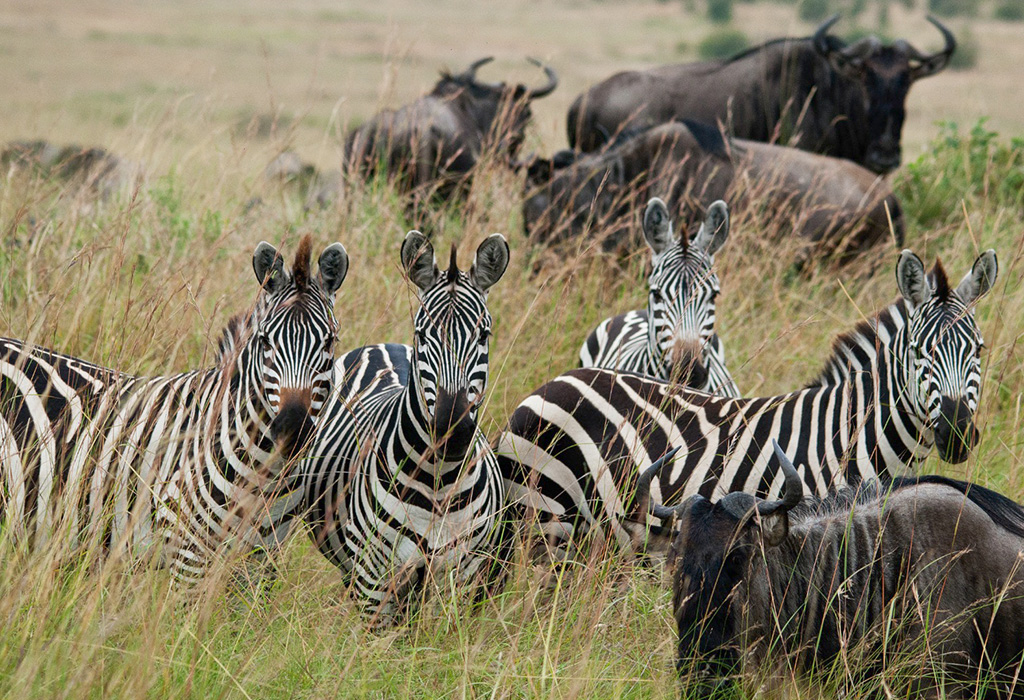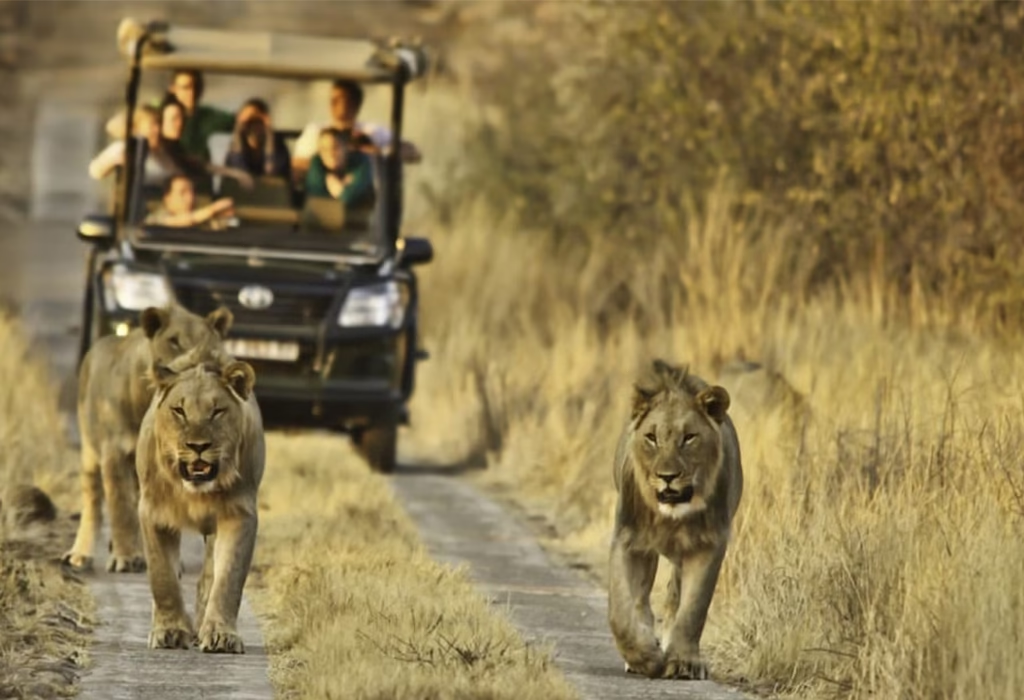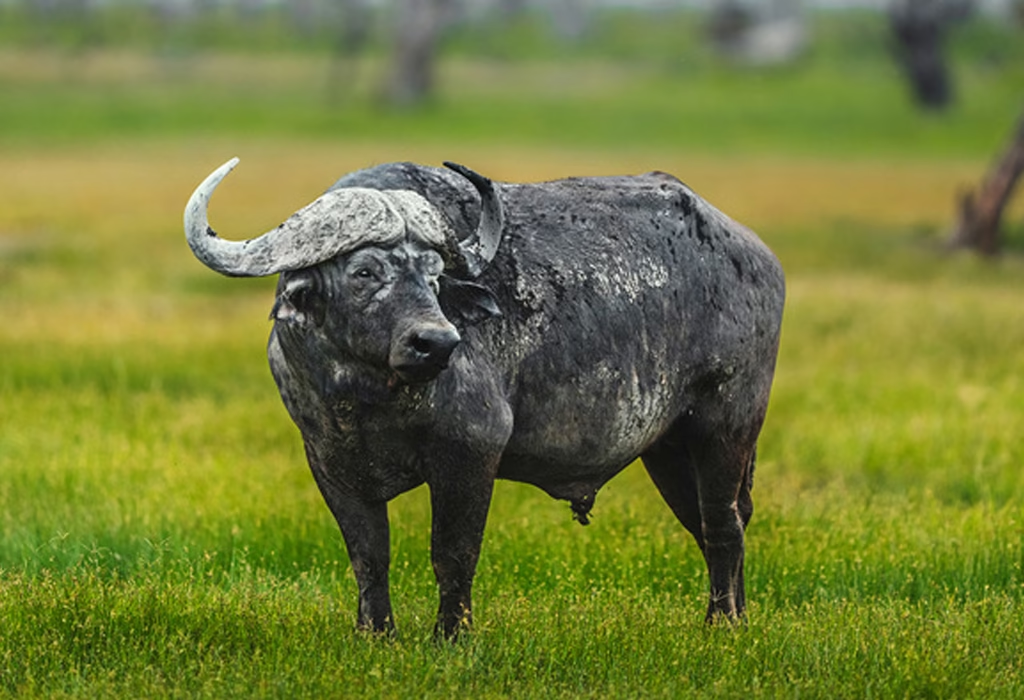
Which Animals Are Part of the Great Migration?
Which Animals Are Part of the Great Migration?
Which animals are part of the Great Migration? This is one of the most frequently asked questions by travelers seeking unforgettable safari adventures. The Great Migration is one of the most dramatic and awe-inspiring wildlife spectacles on Earth. It unfolds across the Serengeti in Tanzania and the Masai Mara in Kenya, where millions of wildebeests, zebras, and gazelles thunder across vast plains in search of greener pastures. Along the way, they brave rivers teeming with crocodiles and grasslands alive with predators.
This natural phenomenon is not just about movement it is a story of survival, instinct, and the enduring spirit of Africa’s wildlife.
Although the Great Migration takes place in East Africa’s savannas, Uganda also offers an equally rich safari experience. Known as the Pearl of Africa, Uganda is home to unique biodiversity, from thrilling gorilla trekking in Bwindi Impenetrable National Park to serene birdwatching safaris in Mabamba Swamp. While the migration itself does not occur in Uganda, travelers often combine both experiences for a full-circle African adventure.
The Core Migrants: Wildebeests, Zebras, and Gazelles
What Species Form the Heart of the Great Migration?
At the core of the Great Migration are three herbivores: wildebeests, zebras, and Thomson’s gazelles. Each year, more than 1.5 million wildebeests, 300,000 zebras, and 500,000 gazelles travel in a clockwise loop across the Serengeti–Mara ecosystem. Seasonal rains and the search for fresh grazing lands drive this endless journey.
The wildebeest, often considered the face of the migration, shows remarkable resilience and survival instincts. Zebras, although fewer in number, play a vital role by consuming coarse grasses and leaving behind fresh shoots for wildebeests. Gazelles follow, feeding on the more delicate vegetation. Together, these species create a balanced ecosystem that sustains both prey and predator.
Predators such as lions, cheetahs, leopards, and hyenas intensify the drama. Their presence ensures that every moment of the migration is filled with tension and survival battles.
In Uganda, similar predator-prey interactions unfold in national parks like Queen Elizabeth and Murchison Falls. The Nile River crossings in Murchison Falls even mirror the thrilling river drama of the Mara, making Uganda an excellent complement to a migration safari.
Combining Gorilla Trekking with the Great Migration
Can You Combine Uganda Gorilla Trekking Safaris with the Great Migration?
Yes—you absolutely can. Travelers often pair the Great Migration with gorilla trekking in Uganda to enjoy the best of both savanna and rainforest ecosystems. Uganda shelters over half of the world’s remaining mountain gorillas, found in Bwindi Impenetrable and Mgahinga Gorilla National Parks.
Trekking through dense forests to meet these gentle giants is a once-in-a-lifetime experience. Standing just meters away from a silverback and his family leaves visitors humbled and deeply moved. After the open plains of the Serengeti and Masai Mara, Uganda’s lush forests provide a striking contrast, offering an intimate and emotional encounter with nature.
This dual itinerary reveals Africa’s full biodiversity from vast herds sweeping across savannas to gorillas, chimpanzees, and birds hidden within rainforests.
Beyond the Herd: Predators and Scavengers of the Migration
Which Carnivores and Birds Follow the Great Migration?
The migration is more than just a movement of herbivores. It draws an array of predators and scavengers that thrive on the abundance of prey. Key participants include:
-
Lions – Often follow the herds, targeting the young and vulnerable.
-
Cheetahs – Rely on their speed to chase prey across the open plains.
-
Hyenas – Hunt in packs and frequently outsmart their rivals.
-
Leopards – Use stealth, striking from trees and rocky outcrops.
-
Crocodiles – Wait patiently at the Mara and Grumeti rivers for dramatic river crossings.
Above all, vultures and marabou storks circle the skies, cleaning up after predators and maintaining ecological balance.
For bird lovers, Uganda offers another dimension of wildlife. With more than 1,000 recorded bird species, including the rare Shoebill Stork, Great Blue Turaco, and African Green Broadbill, Uganda is a true birdwatching paradise.
Cultural Touchpoints: The People Behind the Wildlife
What Cultural Experiences Complement a Great Migration Safari?
A safari in Africa goes beyond wildlife; it is also about connecting with the people who share the land. In Kenya and Tanzania, the Maasai people welcome visitors to experience their traditions, dances, and unique lifestyle.
Meanwhile, Uganda offers cultural encounters with over 50 ethnic groups. Highlights include:
-
Batwa pygmies near Bwindi, who share their forest traditions.
-
Karamojong warriors in northeastern Uganda, known for their cattle herding.
-
The Buganda Kingdom, where visitors discover royal heritage and history.
Adding cultural interactions to a safari enriches the journey, offering a deeper and more personal connection to East Africa.
Best Times to Travel and How to Plan
When Should You Travel for the Great Migration and Uganda Safaris?
Timing is key when planning a migration safari. Here’s a guide:
-
December–March: Calving season in southern Serengeti; thousands of wildebeests give birth.
-
April–June: Herds move northward; skies turn dramatic and crowds thin.
-
July–October: Peak river crossings at the Mara River in Kenya.
-
November: Short rains send herds back to the Serengeti.
In contrast, the best times for gorilla trekking in Uganda are the dry months: June–September and December–February, when trails are less muddy and visibility is higher.
Final Thoughts
So, which animals are part of the Great Migration? More than just wildebeests, zebras, and gazelles, it is an entire ecosystem in motion an interplay of prey, predators, and scavengers that reflects Africa’s untamed spirit.
When paired with Uganda’s gorilla trekking, chimpanzee tracking, birdwatching, and cultural encounters, the experience becomes even richer. The Great Migration shows Africa’s sweeping landscapes and massive herds, while Uganda reveals its hidden, intimate treasures. Together, they create a complete and unforgettable African safari.


